How to cope with a freelance apocalypse
We ask leading designers: what's the best way to survive the low points of self-employment?
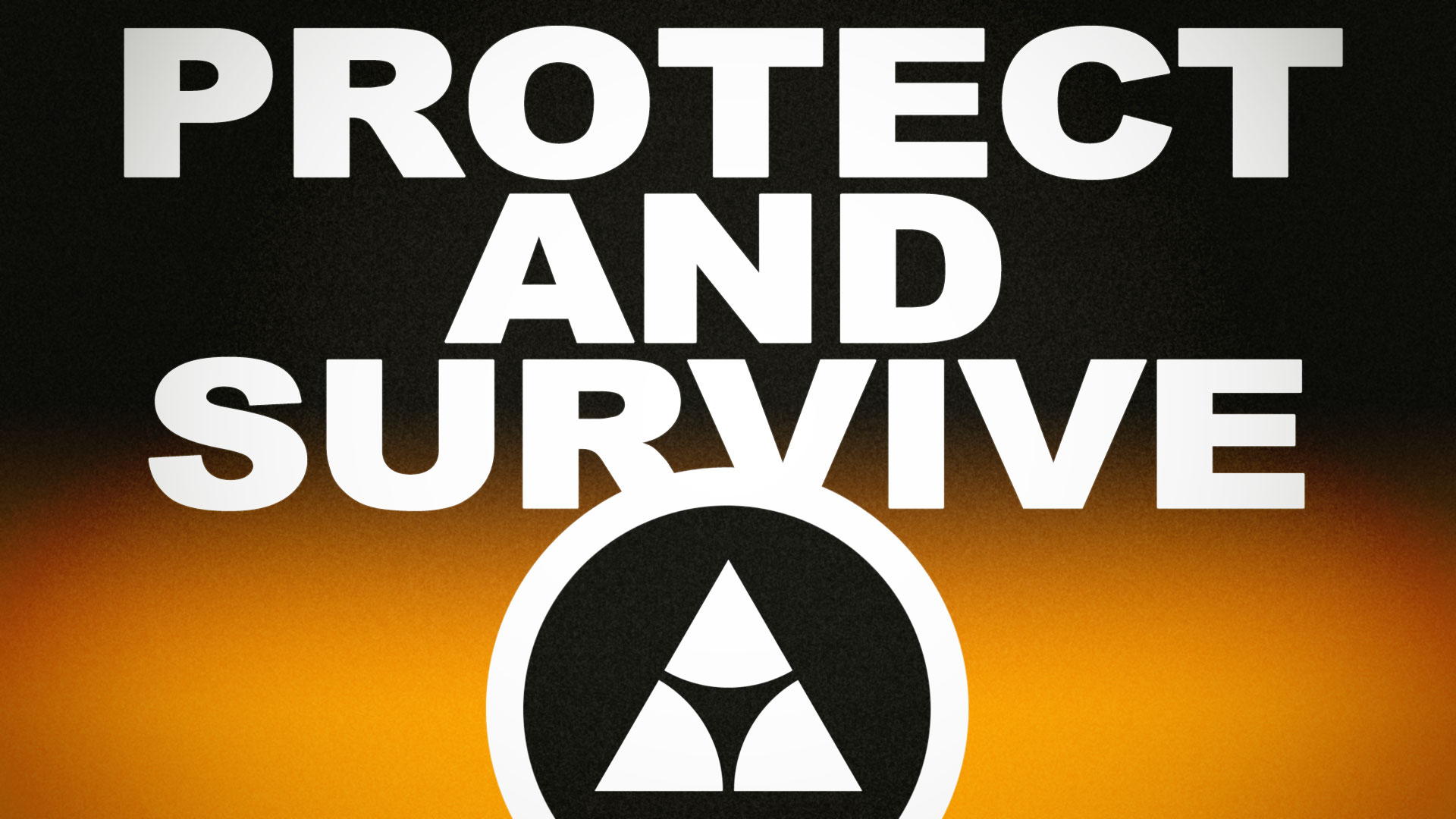
Freelancing can offer a great sense of freedom. The ability to be your own boss, decide who you work for and what you produce can be incredible…except when it's not. "Everything becomes more vivid, more extreme when your successes and failures are solely down to you and you alone," says freelance graphic designer Francesca Tortora. "The highs are utterly fantastic and the lows utterly horrible…"
This well-documented 'rollercoaster' nature of self-employment presents a multitude of challenges, as freelance illustrator Barbara Dziadosz reveals: "There are times where you don't have enough jobs to cover your basic expenses, while there are other occasions when you don't have enough time to do all the commissions. It's a real balancing act between time and money, which is sometimes hard to handle."
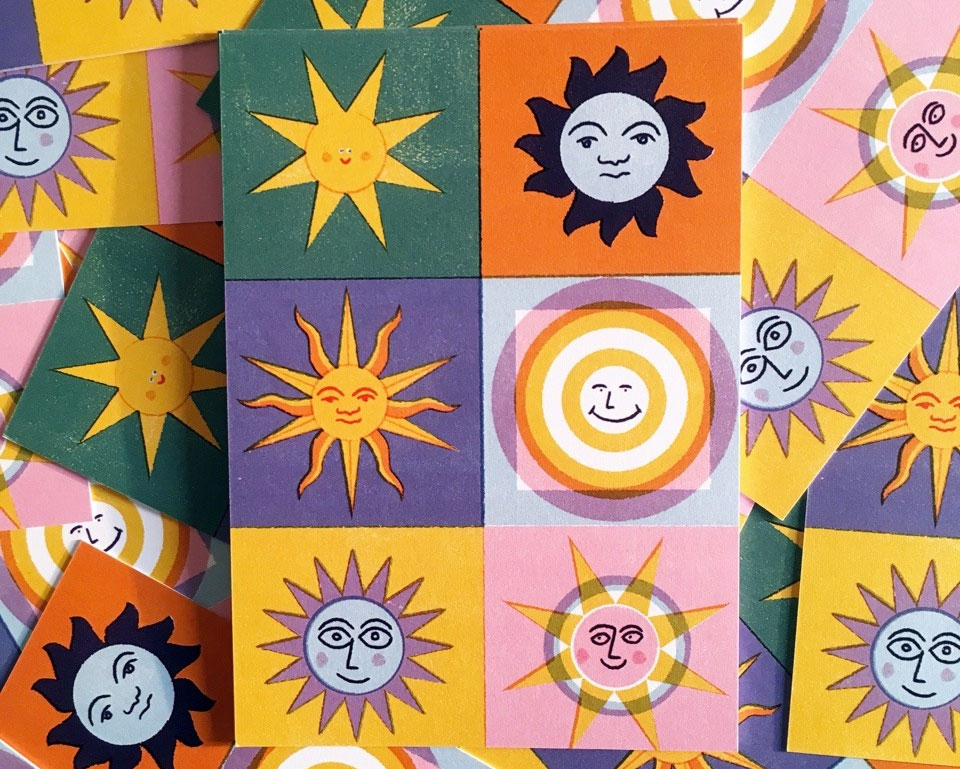
While many try their best to prepare for such events, there's no escaping the unexpected: "There's a myth that there is only one big obstacle that you overcome when you work for yourself," says studio founder and creative, Benny Gold. "The truth is there are a ton of road bumps every day throughout your entire journey. What matters is how you react to them. You have to dust yourself off and get up every time you hit a bump in your path and move forwards."
Work out your schedule
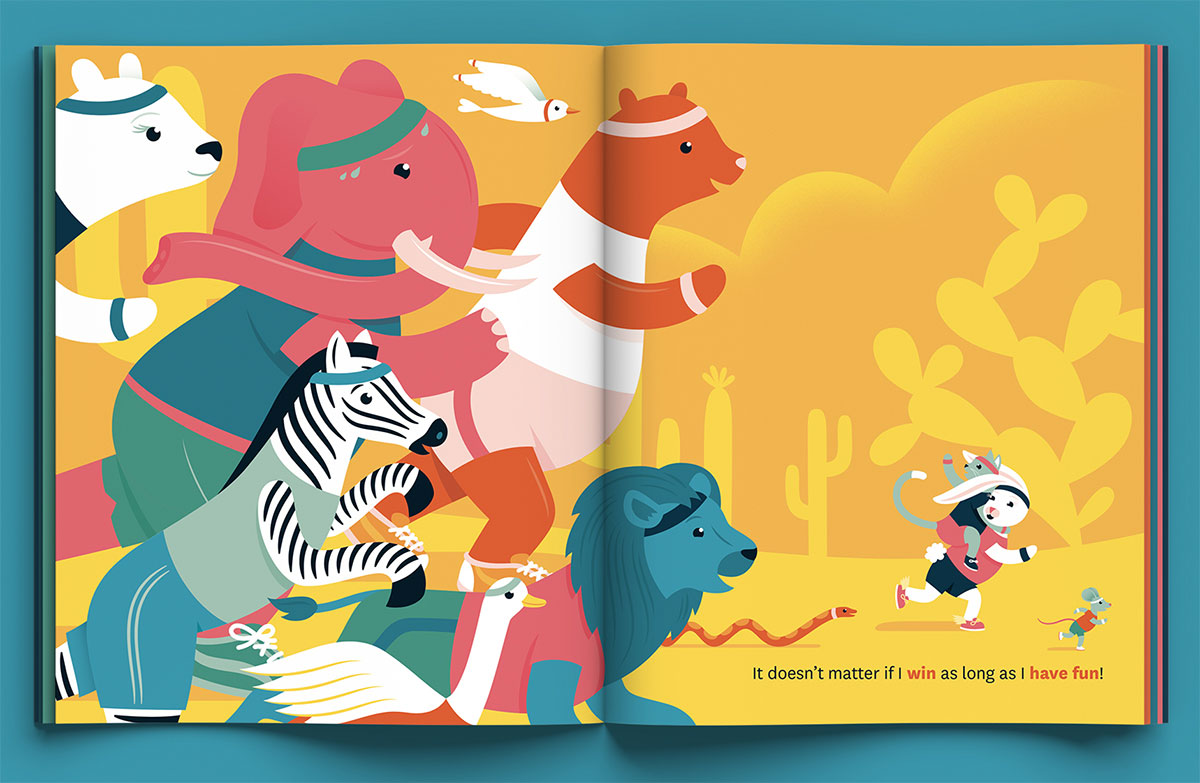
If you're facing the issue of too little time, desperately trying to fit everything in and wondering where you're going wrong, you're not alone. "I think when I was starting out I couldn't have predicted how much time gets washed away to managing a career versus creating artwork," says lettering artist and author Jessica Hische. "It's led me to give advice to other freelancers to consider a 'full-time work week' as 20 hours of productive billable work – the rest is necessary, but not billable."
Taking this approach and facing your limits early on means you can not only set realistic expectations of what's achievable, pricing your work and planning your time accordingly, but it also ensures your business is sustainable in the long run. We've all been there: booking yourself solid, working all hours (and for good reason: you have bills to pay), but you can't keep that pace up forever.
Structure and socialising
Factoring in some sort of structure for your day, which includes exercise, networking and socialisation, is vital. Knowing how to network stops the very real possibility of feeling isolated, especially if you work from home rather than a rented desk or studio space.
I couldn't have predicted how much time gets washed away to managing a career versus creating artwork
Jessica Hische
Seeking out and attending creative events in your local area can offer real benefits. These opportunities enable you to support and connect with your creative community, opening up possibilities for collaborations or meeting like-minded friends, but it also eases the pressure of factoring in travel time and cost so you can do it a little more frequently than you would if it was further afield.
Get the Creative Bloq Newsletter
Daily design news, reviews, how-tos and more, as picked by the editors.
For freelance designer Beci Orpin, removing the work/life barrier is what works for her. "There is no separation… it's all one big mess, which is just how I like it. I would completely steer away from anything I thought was 'networking', but I definitely go to lots of events (often not design-related) where I meet cool people doing good things."
Build connections
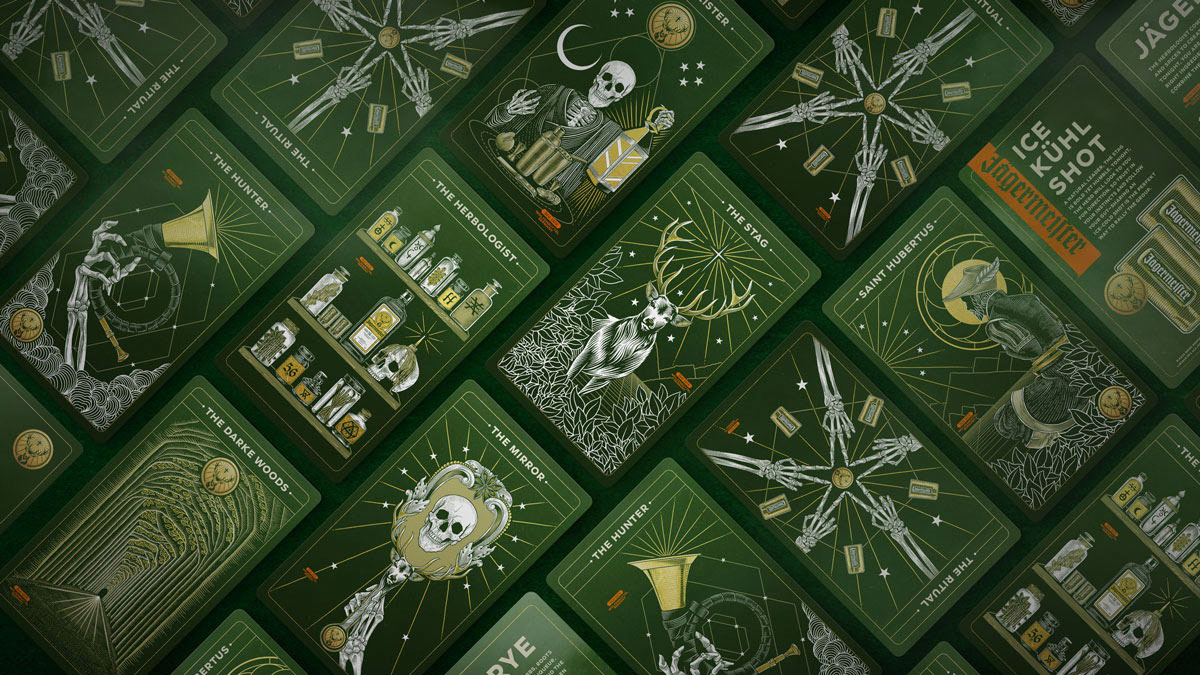
Professional illustrator Chris Parks, aka Palehorse, meanwhile, also reaches out to fellow artists directly. "My wife has always pushed me to get over my introverted tendencies and hit up artists over the years that I admire when I'm travelling to their area. I ask if I can come by their studio or grab a coffee together. This practice has led to lasting friendships and some great opportunities that wouldn't have manifested if I never asked to come by and introduce myself. The key here is to be respectful of the artist's time and to be specific about the times you can drop by. Don't be late and don't keep them too long, but give it a try next time you travel – you might be surprised who says yes to a studio visit."
Yet if it's the social side of an office you're missing, you may find a dedicated studio space or desk in a shared creative environment is worth investing in. For Hische, it was vital: "I go to design events and drink meet ups…and I share a studio with another lettering artist. [I've] found that sharing a workspace with other creatives is imperative for me as a freelancer – it allows me to be 'social' at work, to have people to bounce thoughts, ideas and work off of."
If it's not viable for you to pay for a workspace outside the home, social media can be a lifeline during the good, bad and ugly moments you face on this freelancing rollercoaster. "…There are freelancers left, right and centre facing the exact same struggles that you are right now, so go and find them – for support, for camaraderie, even if it's just to vent," Tortora tells us. "It's one of the core reasons why I set up my side project, Doing It For The Kids." Also known as 'DIFTK', this online (and increasingly offline) community offers a place for its members to chat, collaborate, ask business-related questions and more.
Manage the lulls
An increasingly common situation is finding yourself with no bookings on the horizon and time on your hands. While it's easy to freak out, Orpin has this advice: "I read a cool thing recently: 'trust the timing of your life' – and that is why I try to do. My work has changed quite a bit over the years: the first 10 years or so were fashion-based work, as that was my main interest; then, once I had kids and was spending more time at home, my work was more illustration and homewares based."
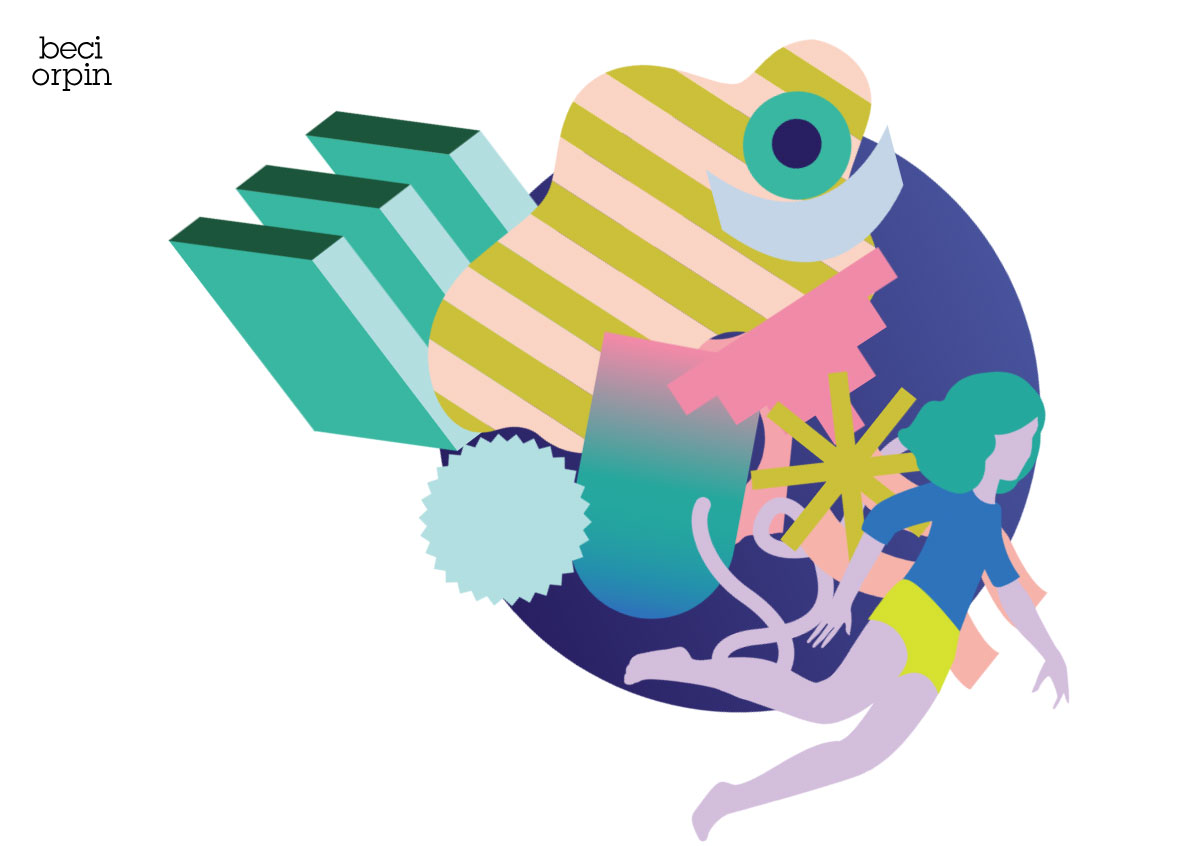
She continues: "Once my books were published, my work kind of moved into more of an art director direction. These were natural progressions, but I paid attention to what was going on around me and made conscious decisions based on that. Through all these years there are also ebbs and flows – sometimes you are manically busy, sometimes you are really quiet. The quiet times can be hard and sometimes scary, but as long as you are still pushing yourself forward, and using that time to work on something personal or just do things, which will help your work in other ways – such as travel, visiting galleries, and so on – then they are just as important as the really busy times."
Dziadosz agrees: "What I've learned in the past couple of years is to absolutely keep going. If I find myself in a situation with lots of time, I start a personal project, experiment or try to develop and evolve my style. This always draws attention and leads to new assignments that I wasn't sure would be there even just a few days prior. Overcoming those days, weeks or even months is very challenging and sometimes frustrating, but if you work hard enough it can pay off in the end."
Exploit your side projects

These personal projects are incredibly important to your creative practice. For Gold, his started to take shape while working full-time for a branding firm. What we now know as the well-established streetwear brand Benny Gold, began as a sticker with the slogan 'Stay Gold'. This evolved into a shirt and, eventually, a full collection. "I wouldn't be where I am without a side project," he tells us.
"Side projects are amazing for many reasons," confirms Hische, "They can help scratch creative itches you're not scratching through client work, they can help show clients what kind of work you want to be doing if you're not currently being hired to do it, and they can translate into additional income, either directly or indirectly.
I wouldn't be where I am without a side project
Benny Gold
Most of my side projects haven't directly generated additional income (Daily Drop Cap being the exception, since I've made prints of the arts and have licensed them a bit for projects), but they've been incredibly helpful to my career. They bring in new audiences, show that there is a brain behind the art, and help form a more complete picture of who I am as a person and artist – more people can see that."
Make money with products
If generating additional income is one of your goals, digital products are a great way of branching out without having to rely on start-up cash. Whether that's content for stock sites, editable templates or online classes and workshops, there's massive potential there. "Yes, there's potentially a lot of work in setting these things up," says Tortora, "but once they're up and running the benefits can be huge and just take the edge off that constant need to find client work."

Palehorse has run a couple of successful online courses sharing his illustration knowledge: "I love Skillshare…it's an excellent way to make some residual income. I've also created many digital download books, vector sets and fonts for IllustratedMonthly.com that sells reference and royalty-free files for tattoo artists and designers, along with printed art books."
Dziadosz, meanwhile, prefers the analogue approach: "I've always been passionate about print making and book binding," she explains. "The other thing I really enjoy is screenprinting… the technique changed the way I think about illustration. [It's] also given me the opportunity to sell some prints and make a little extra money. When I don't have enough time to do original prints, I sell fine art prints of my illustrations through my online shop."
Focus on revenue streams
While it's important to create additional revenue streams where possible, it can be difficult to even begin thinking of ideas if you are going through a rough patch. "Know that this is just a phase and that you will come out the other side…" says Tortora. "Be proactive, ask for help and keep faith."
"I think exploring ideas and seeing what did and didn't work for me is an important part of running my business," Orpin tells us. "I ran a clothing label called Princess Tina for almost 10 years. In retrospect, we were pretty poor at running a clothing line – it sold well, but we were always late with deliveries! But it taught me a lot about what I am good and bad at, and it also supported my freelance design work."
Be proactive, ask for help and keep faith
Francesca Tortora
Reflecting on the high and low points is important at any stage of the business, as is adjusting the course where necessary. "[Freelancing is] constantly both rewarding and difficult," adds Hische. "I still struggle with fears that the bottom will drop out from under me (which I think affects anyone who works for themselves and whose only 'job security' rests in their own hands).
"Generally I do feel like when I have those moments, it's because my schedule has gotten out of control, that I'm behind on work, or that I've been saying yes to projects I should have said no to. Feeling like you do have control to right the ship is very powerful, and it's important to realise as a freelancer. It can be really easy to go on autopilot and let the jobs coming in determine which path your life should take, but you do have the ability to show people what work you want to be doing through past work."
Yet, if you're still struggling, take a bit of time out to really consider what you're looking for from your career. "Remember freelance life isn't for everyone," says Orpin. "It requires a personality type and a willingness to sometimes live on the edge of the poverty line! Maybe that is not for you. If you are happy – keep on pushing through. If not, go back to being employed – there is no shame in that."
This article was originally published in issue 283 of Computer Arts, the world's best-selling design magazine. Buy issue 283 here or subscribe to Computer Arts here.
Related articles:

Thank you for reading 5 articles this month* Join now for unlimited access
Enjoy your first month for just £1 / $1 / €1
*Read 5 free articles per month without a subscription

Join now for unlimited access
Try first month for just £1 / $1 / €1
